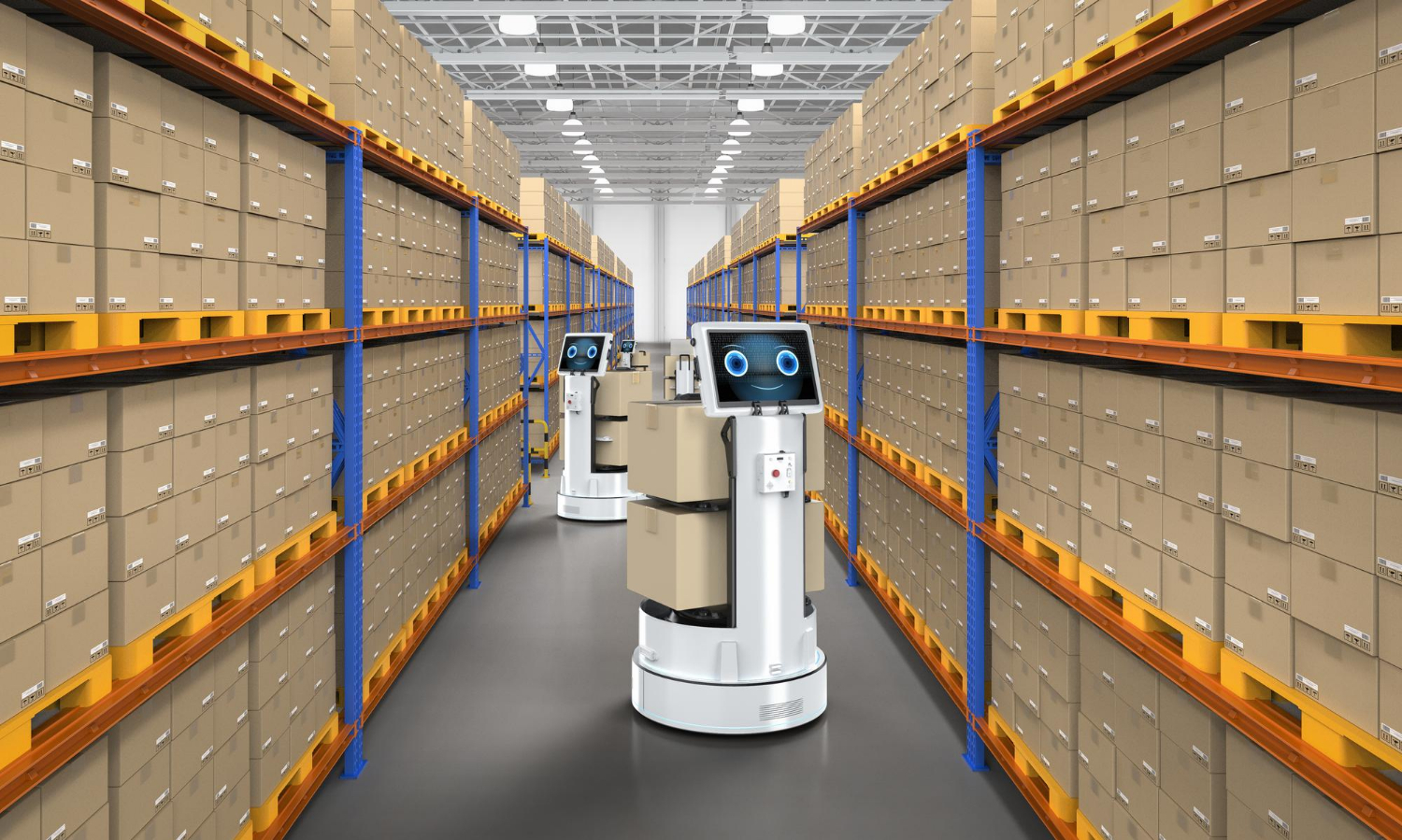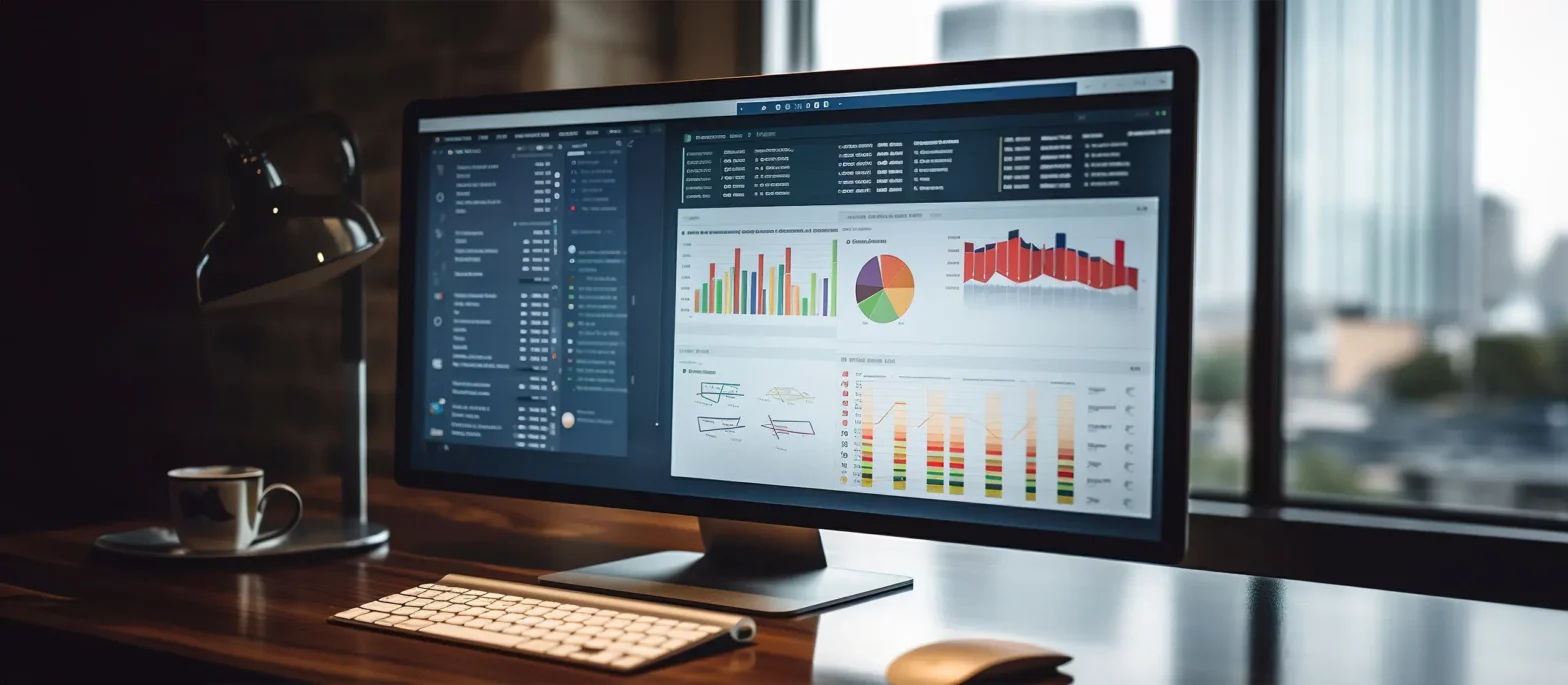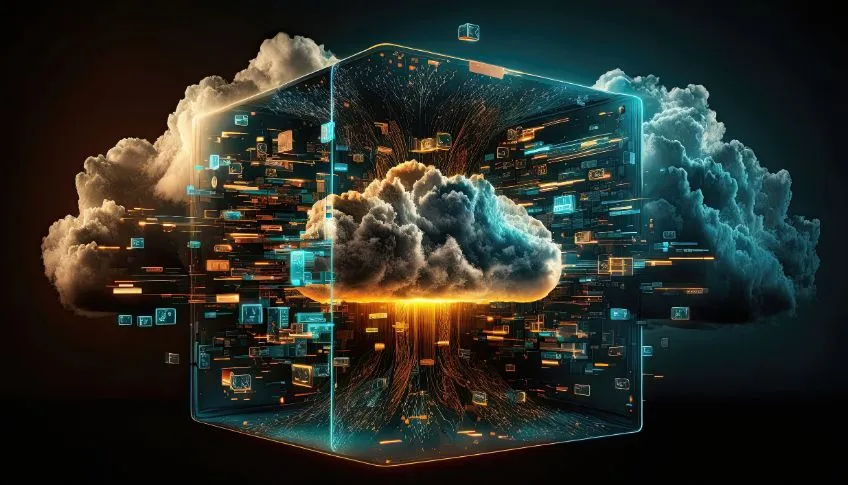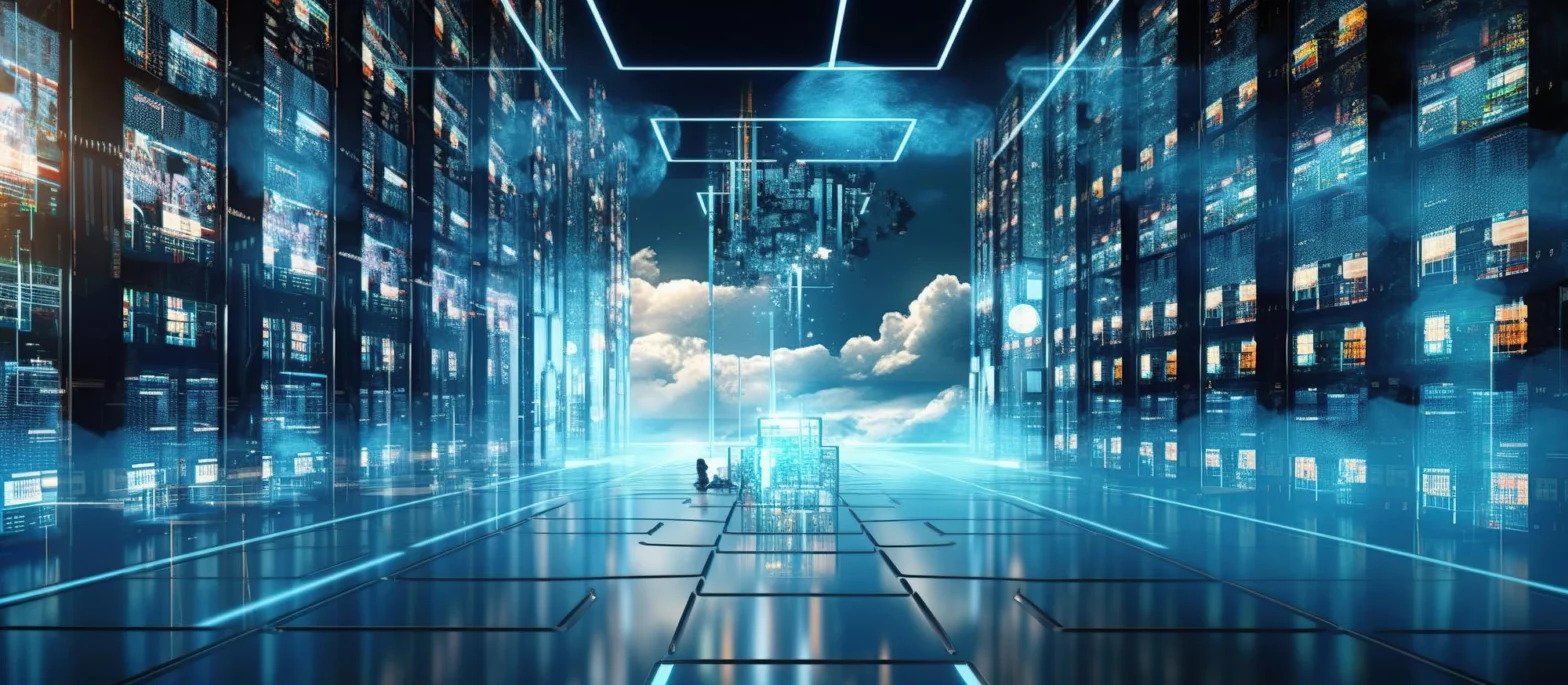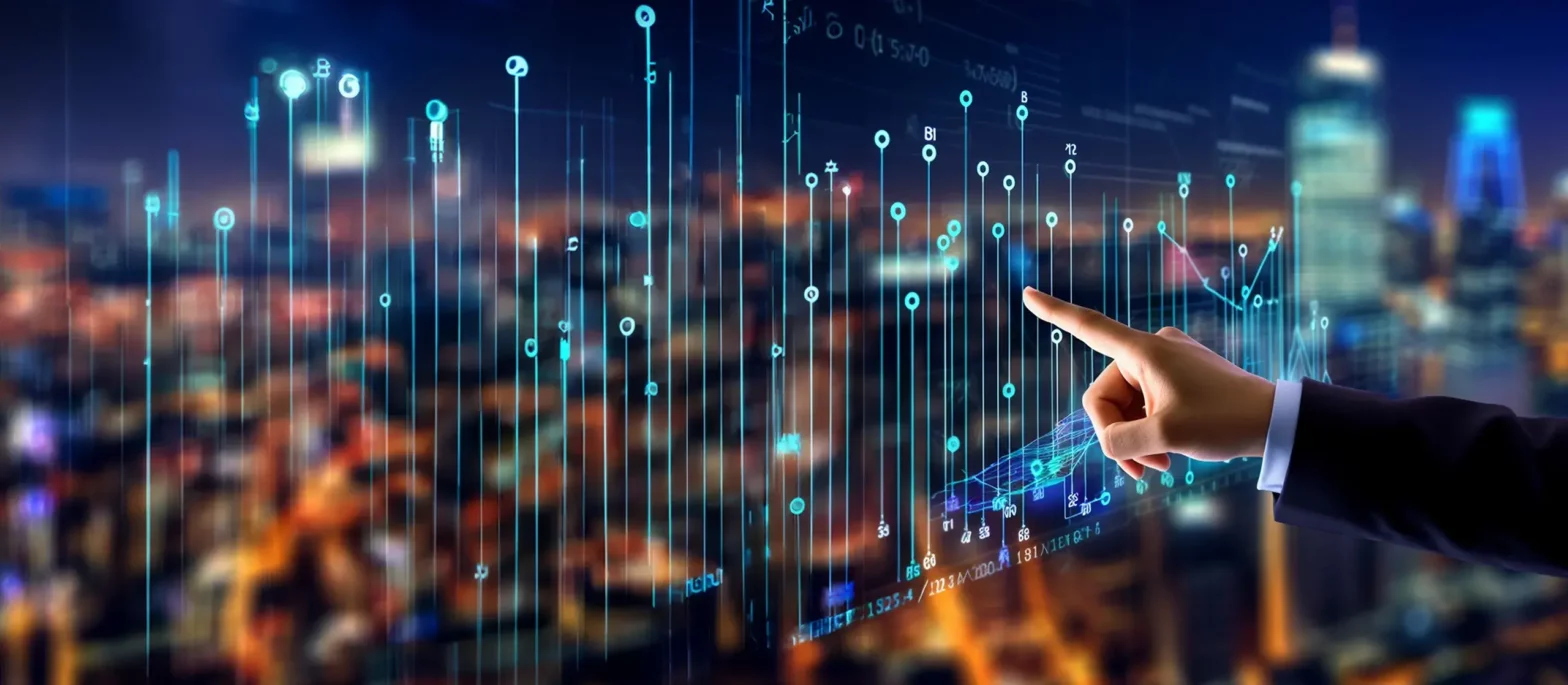- Blog
- August 2, 2018
Retail Evolution (Re…volution) & Technology
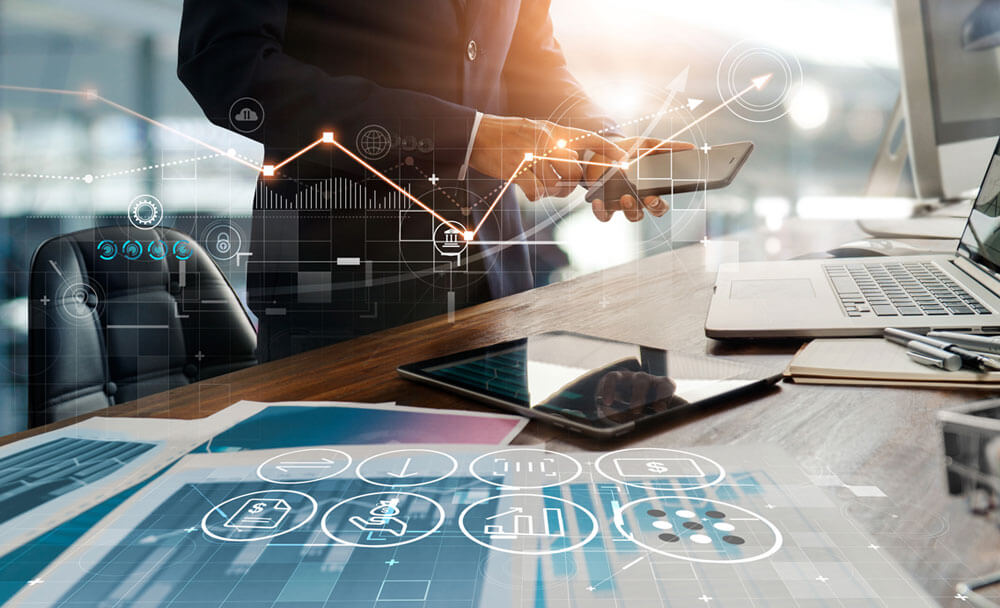
- Blog
- August 2, 2018
Retail Evolution (Re…volution) & Technology

The retail industry, along with the financial sector, has always embraced technological advancements at their earliest and, reaped due benefits. That retail transformation is not just about technology adoption and, that technology itself continues to change -rather evolve- rapidly with each passing day, are a given.
That brings us to the question: What would help retail to reasonably bring down the uncertainty of the future, besides to retain as well as add new customers?
Admittedly, there is no straight-forward answer to the question. But there is a combination of strategies that can empower retailers with the capability to stay afloat, succeed, as well as edge out competition in an ever-evolving and dynamic business atmosphere.
Let’s take a closer look.
First and foremost, stick to the thumb rules of the industry (that have stood the test of time) – right product, right place, and right price.
The suggestion above, we all know, is easier said than done. And rightly so.
However, ignoring the intrinsic business values, in an urge to be future-ready, could turn out to be flawed.
That brings us to, ‘How can retailers be future-ready while sticking to basics?’
Well for starters, they would do well to have a vision for the future. But, each retailer has its own target market to work and build on. That means, there’s no one-size-fits-all strategy. You’ve got to conceptualize strategies (both current and future) specific to your requirements.
Let’s look at some.
- One of the most important strategies would be how retail can retain and enrich the human value around their offerings with the help of technology, where applicable.
- Mobility as in ‘also on mobile,’ leads all other forms of expression (presence) in terms of impact towards customer-connect. An experience-led, mobile-first strategy is most likely to help retailers stay relevant as well as ahead of the curve; simply because one has got to be where one’s customers are (looking at).
- Critical to have the right omnichannel blend – meaning, while mobile leads your strategy, a seamless experience on your e-commerce portal and a very innovative, pleasant, and engaging in-store experience afford your business an almost unbeatable flexibility. Say no more.
- Superior customer experience – in other words human engagement value – is something that tends to more often than not market you well enough – for free. So, work towards creating and delivering heightened experience for your customers. Businesses, especially retail, are often advised to make use of the power of technology. That’s because there are precedents of retail companies leveraging technological innovations to deliver fantastic experiences for their customers that make shopping a simple yet fun activity.
- Use-cases of technology facilitating heightened retail experiences (these are already being implemented):
- Social selling / buying
- Social media networks play an indisputably crucial role in not only reinforcing your brand value and customer confidence in it, but also help in creating and proliferating brand identity. Therefore, it is only logical that the various social channels are duly put to use in reaching out to customers in novel ways and serving them well. Example WeChat, the messaging app. now ubiquitous in China, is one of the leading sources of sales (and revenues) for retailers in that country. Users can search or find a product of choice; discuss, compare, peer-review, and also buy it from within the application itself. What a completely immersive experience that is!
- Likewise, retailers can look to penetrate the market better through other social media such as Facebook, Instagram, Pinterest, G+, Twitter, etc., and build on the feedback-value of friends, contacts, followers, peers, etc., on the respective channels.
- Click & Collect / Check-out free physical stores / Buy Online, Pick-up In-Store (BOPIS):All the above phrases point to an example of a superior omnichannel experience in the retail industry. Customers buy items they want to from the online store (e-Commerce portal or marketplace) and collect them from stores that they find most convenient to do so. All without having to wait in the queue of the PoS or billing counter.
- A variant of the click-and-collect practice is the ‘Research Online, Purchase In-Store’ (ROPIS) option. As part of this option, companies provide customers with enough information about products online. The information helps customers to know more details of the product, check reviews, compare with others, etc. to be able make a purchase decision before coming to the store. All that they would need to do at the store through this option is just pick their item(s) of choice, and check-out. This cuts down the amount of time they would have otherwise spent exploring products at the store, which is a relatively cumbersome activity.
- Another technology intervention that can help retailers stay relevant and likeable is by making mobile payments one of their key operational strategies. Doing that isn’t rocket-science, though. In the age of everyone trying to do everything, telecommunications companies have also expanded their horizons and assumed the role of an e-wallet for their customers (subscribers). As a result, a good portion of the retail audience expects to have the option of not having to always carry cash or use a checking or bank account. Therefore, it would be prudent for retailers to offer customers the mobile payment option for their purchases.
- In-App check-out option:This is a fairly new concept, but one which retailers can rely on to not only ease the burden on their PoS systems (especially during peak times such as festivals, sports events, etc.) but also to minimize customer waiting time at check-out. An app. to scan and pay for purchases surely makes for some very easy and convenient shopping.
- In-store digital experiences:AR (Augmented Reality) and Virtual Reality (VR) have yet to disrupt the retail space like they are doing in quite a few other industries. But, it is going to happen and, happen soon. The ultimate aim of all these efforts is to gain the complete attention of customers or patrons towards respective brands through truly immersive experiences.
- Community culture:
Retail companies can organize events such as interactions, classes, workshops, etc., in their stores to directly connect with customers and engage them with the brand. Building real relationships with customers brings about a sense of belonging that helps them relate to the brand ever so easily. Further, bringing in celebrities to the ‘experience-mix’ would also help improve the brand affinity among your customers and attract increased foot-traffic. In the process, brands also get extensive media coverage (social, electronic as well as conventional) that is like gold dust.
The crux of it all is to understand what would constitute a comprehensively great retail experience. An article by the Wharton School of Business mentions customer engagement, executional excellence, brand excellence, expediting, and problem recovery as being the five pillars of retail satisfaction. Regardless of whether it is the in-store experience, or interaction through the e-commerce platform, or use of a mobile application – these five pillars always hold good.
The digital-maturity in a brand’s dispensation right through the customer journey determines whether it has been able to deliver on the customer satisfaction front or not.
By now it is obvious that retailers should constantly look to blend their physical and digital experiences in order to ensure customer satisfaction and, consequently, get the most value out of the interaction.
The numerous customer touch-points (physical, digital, and omnichannel) generate huge amounts of data at every stage of the customer journey. This is where the next level of technology intervention in retail comes into the picture.
Retailers now have the advantage of using various concepts, frameworks, and technologies such as big-data, advanced analytics, data science, machine learning, neural networks, etc., to be able to deep-dive into the voluminous business data that gets piled up each day, to find newer and impactful perspectives that didn’t seem to exist earlier.
Thus, quite a bit of retail success would also lie in selecting technology that is right for you as well as analyzing the information / data to be able to
- Know your customers better – what they want, how they want, when and where they want etc.
- Undertake customer profiling to propose tailored recommendations, offer, etc.
- Assess business scenarios
- Spot trends and patterns
- Live up to customer expectations
- Forecast business performance
- Initiate efforts to achieve future-readiness of the business
- Break operational silos
- Manage business data
- Initiate post-visit innovation (after every successful in-store visit of a customer)
- Measure and optimize store / portal / app efficacy
These are but a few indicators as to how retailers can achieve sustainable growth in an increasingly digital world. Whether or not these measures would be enough for retailers to thrive on, only time will tell.
This blog was originally published on Datafloq
